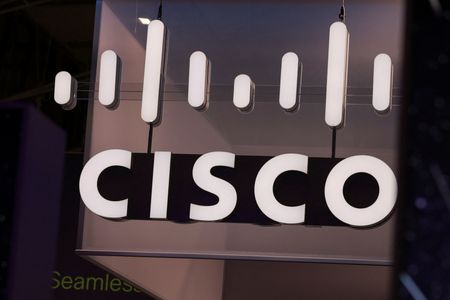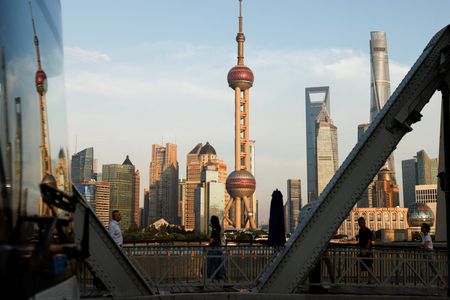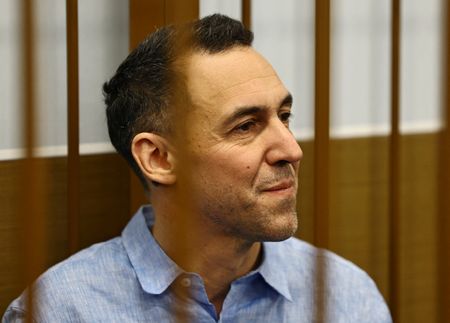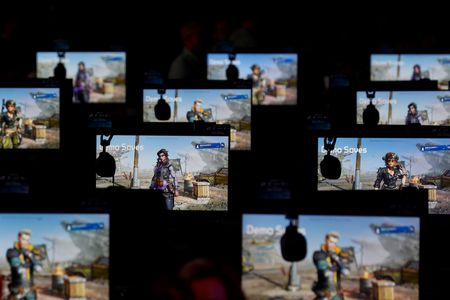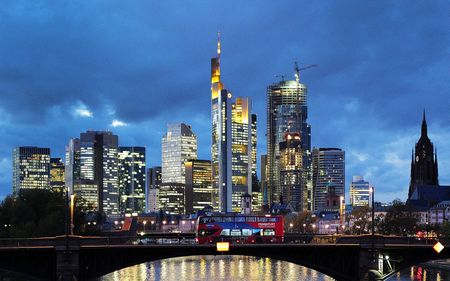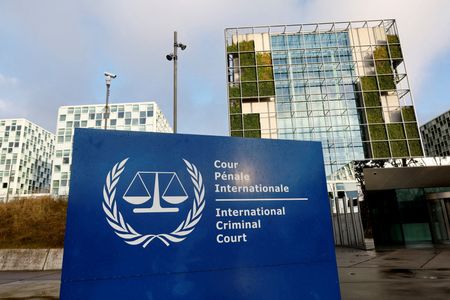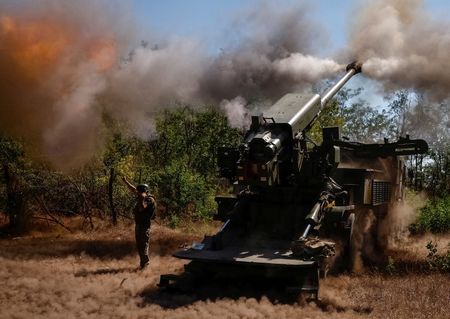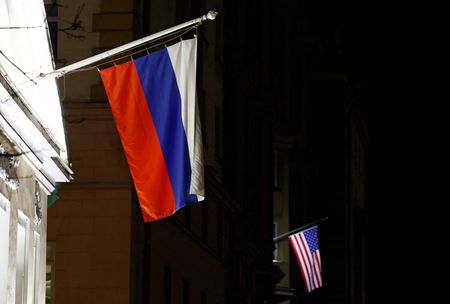By Stephen Nellis
SAN FRANCISCO (Reuters) -Cisco Systems on Tuesday showed a prototype chip for networking quantum computers together and said it is opening a new lab in Santa Monica, California, to further pursue quantum computing.
The chip uses some of the same technology as current networking chips and would help link together smaller quantum computers into larger systems. But Cisco also believes it will have practical applications before those computers become mainstream, such as helping financial firms sync up the timing of trades or helping scientists detect meteorites.
“There are a whole bunch of use cases,” Vijoy Pandey, senior vice president of Cisco’s Outshift innovation incubator, told Reuters. “You need to synchronize clocks and the timestamps on all of these snapshots that are taking place from across the globe.”
Cisco is the latest mainstream tech firm to jump into quantum computing.
Alphabet’s Google, Microsoft and Amazon have all announced quantum computing chips in recent months, and Nvidia plans to open its own quantum computing lab. Startups such as PsiQuantum are also raising hundreds of millions of dollars to build systems.
While those firms all vie to create more and more “qubits” – the fundamental unit of quantum computers – Cisco is working to link them up. The company says its chip, which it developed with researchers from the University of California Santa Barbara, works by causing quantum entanglement in pairs of photons, and then sending one of the pair to two separate quantum computers.
For a short time, Cisco says, the quantum computers can use those entangled photons to communicate instantaneously, no matter how far apart they are – a phenomenon of quantum physics that Albert Einstein referred to as “spooky action at a distance.”
Pandey emphasized that Cisco does not yet have a timeline for when the chip will generate revenue and that the chip is only a prototype.
“To build out that quantum network, the first building block that you need is an entanglement chip,” Pandey said. “Here’s the first building block of that.”
(Reporting by Stephen Nellis in San FranciscoEditing by Marguerita Choy)

